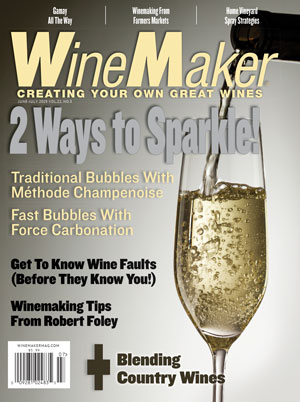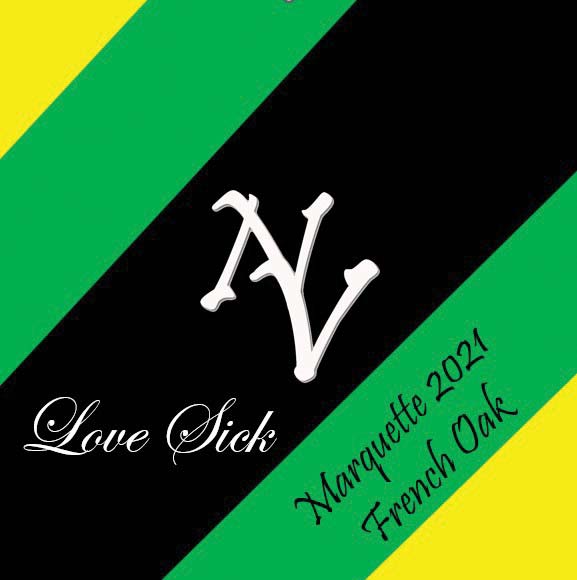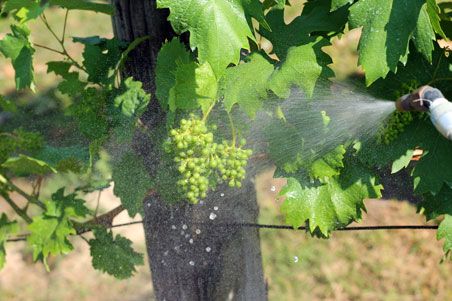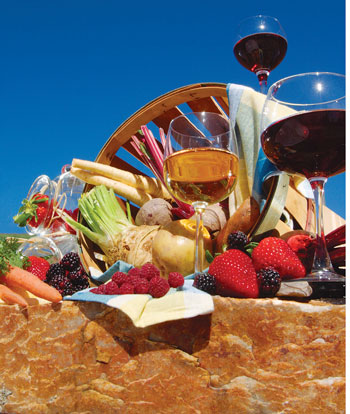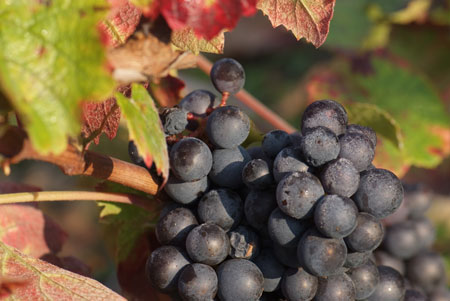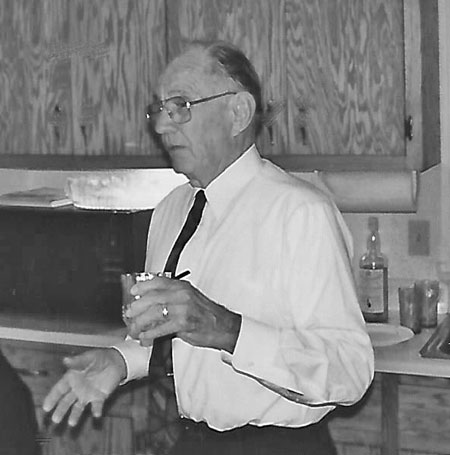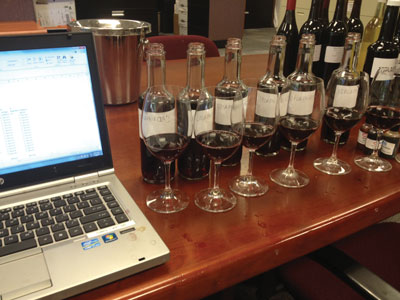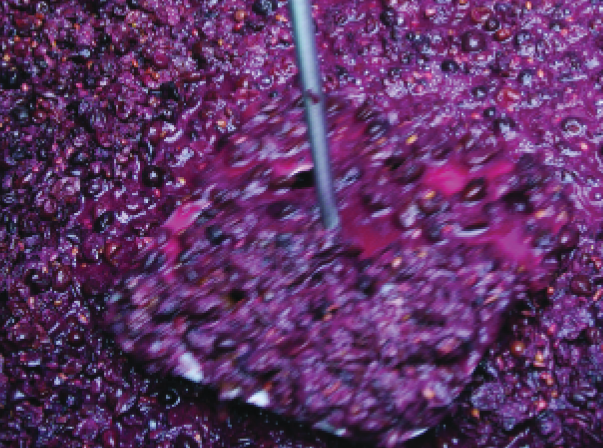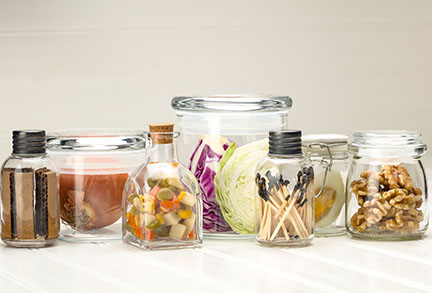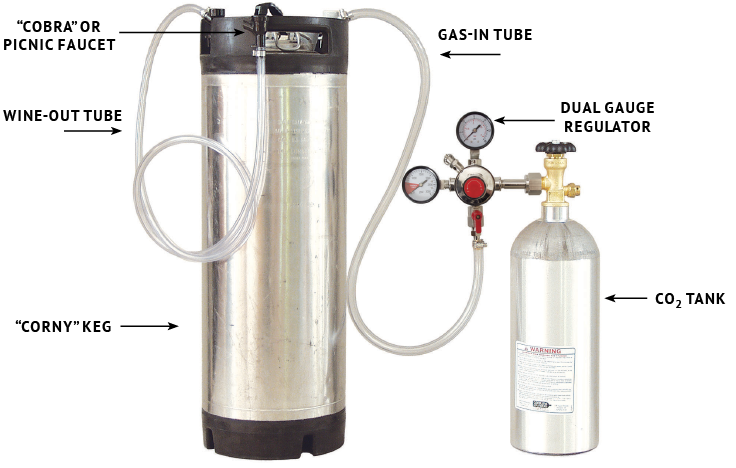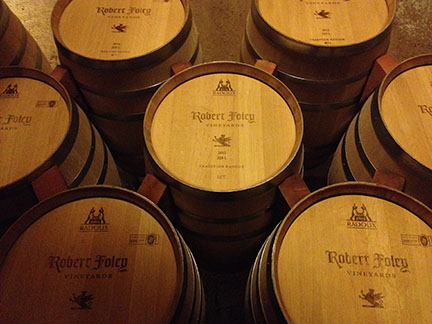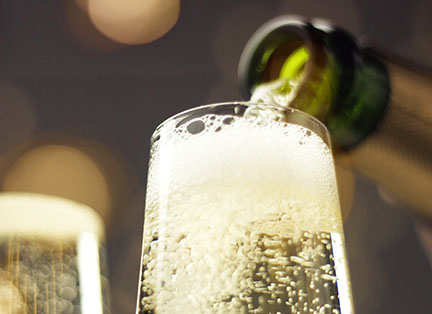Jun-Jul 2019
Blending Fruit Wines
Country wines made with multiple fruit varieties can be blended prior to fermentation or after. Learn how two professional winemakers decide when to blend, as well as the other considerations they account for when making these lovely summer sippers.
Pressure in the Home Vineyard: How to measure and mitigate fungal disease
It is not lost on the well-informed winegrower/winemaker that fungi — ancient, single-cell organisms that have been on this planet hundreds of millions of years longer than humans — are our best
Off The Beaten Path: Spice, herb, and vegetable winemaking
These wines are not common in the commercial marketplace where dry grape wines dominate. There are some fruit wines, of course, and a few novelty wines made with coffee or chocolate. You
Beyond Beaujolais: Get acquainted with Gamay Noir
Wine brings people together. This is cause for great reflection for me personally because as you read this, I will have been retired from the University of California Teaching and Research Winery
Softening The Wine, Using Gum Arabic, and Avoiding a Persistent Sediment
QI am planning to try a new product on some older cabernet wine (2015 vintage) that has not yet been bottled. It has a harshness that might be related to tannins. It
Dealing With Persistent Sediment
Goodness, you’ve got a persistent sediment source in your wines that’s for sure. You’ve removed the gross particles by racking and filtration.You’ve cleared out proteins by using bentonite. You’ve taken out excess
Softening The Wine
Before I launch into my information about gum arabic and related products, do take a minute to think that gum arabic may not give you the result you’re looking for. Gum arabic
Let’s Get Macerating
The concept of maceration is a rather simple one: Take crushed grapes (or fruit) and allow the grapes — skins, seeds, and stems — a period to soak with the grape juice.
When Wines Go Bad
Get to know the most common wine faults, their causes, and fixes you can try to alleviate them.
A Quicker Route to Bubbles
Making non-traditional sparkling wine at home through force carbonation is simple and can yield amazing results. With just a few pieces of equipment, one can make delicious bubbly in a matter of
Winemaking Tips from Robert Foley
He’s been called the “God of Cabernet,” been named the Winemaker of the Year, and has produced “virtually perfect” wines, according to wine critics. Now, Robert Foley shares his best advice on how you can make the best wines at home.
Méthode Champenoise
Méthode Champenoise is the most traditional way to make sparkling wine. It requires extra time, attention to detail, and more steps than other methods of sparkling wine production. However, it also makes the highest quality bubbly, which is why it is the only technique used by Champagne makers. Learn how to master this technique at home.

